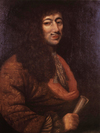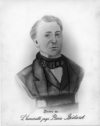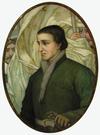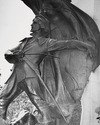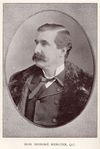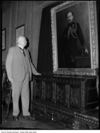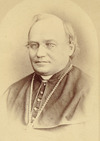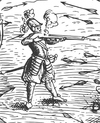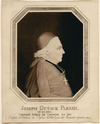, with the occasional assistance of the notary. . . . The French-Canadians . . . retain their exclusive national character.” Confederation had failed to meld the competing “races” and
inhabitants, who could better help one another, and of placing them near the priest, the surgeon, and the notary.
Until that time indeed, the seigneurial
to the bar on 6 Nov. 1790. His brothers Joseph and Thomas took the same route, becoming respectively a lawyer and a notary. (Three of his own sons would also become lawyers.) On 26 July 1796
in M. de Maisonneuve’s own hand, one reads: “Acceptance of the said grant made before the notary Jean de Saint
marked decline of the old seigneurial aristocracy and portrayed the new parliamentary leaders – for the most part lawyers, notaries, and shopkeepers who came from the people – as ambitious
concerning Dollard and his companions: notarial papers, wills, death certificates for the Seventeen, inventories of their possessions, etc. It was the most important contribution to the historiography of the
development of the land would be slow, Grant, undoubtedly with the complicity of some local notaries and government officials, elevated what had been a simple roture to the rank of fief, and took the title of
the learned professions (the law, notarial practice, and medicine). By springtime the storm was subsiding. The Equal Rights Association was isolated. Mercier had regained the trust of Protestant voters
, he made a fresh start as a notary, financial agent, and broker. The following year fellow bank employee Edmund Boyd Osler* became his
Royal*, notary Marc-Amable Girard, and civil servant Alphonse-Alfred-Clément
Samuel de Champlain [no.1512, ff.256v–259v; f.284, notary Marcos de Rivera, 1601]) is held by the Archivo Histórico Provincial de Cadix, Spain, and transcribed in Samuel de
church by professional functions involving the taking of interest – preparation by notaries of legal obligations, lending of money by tutors and administrators of estates, decisions by judges



